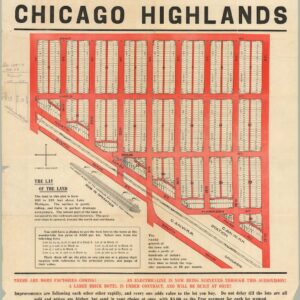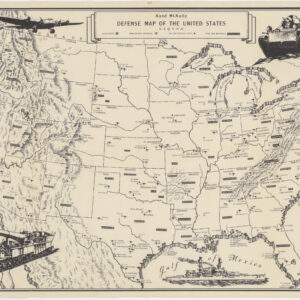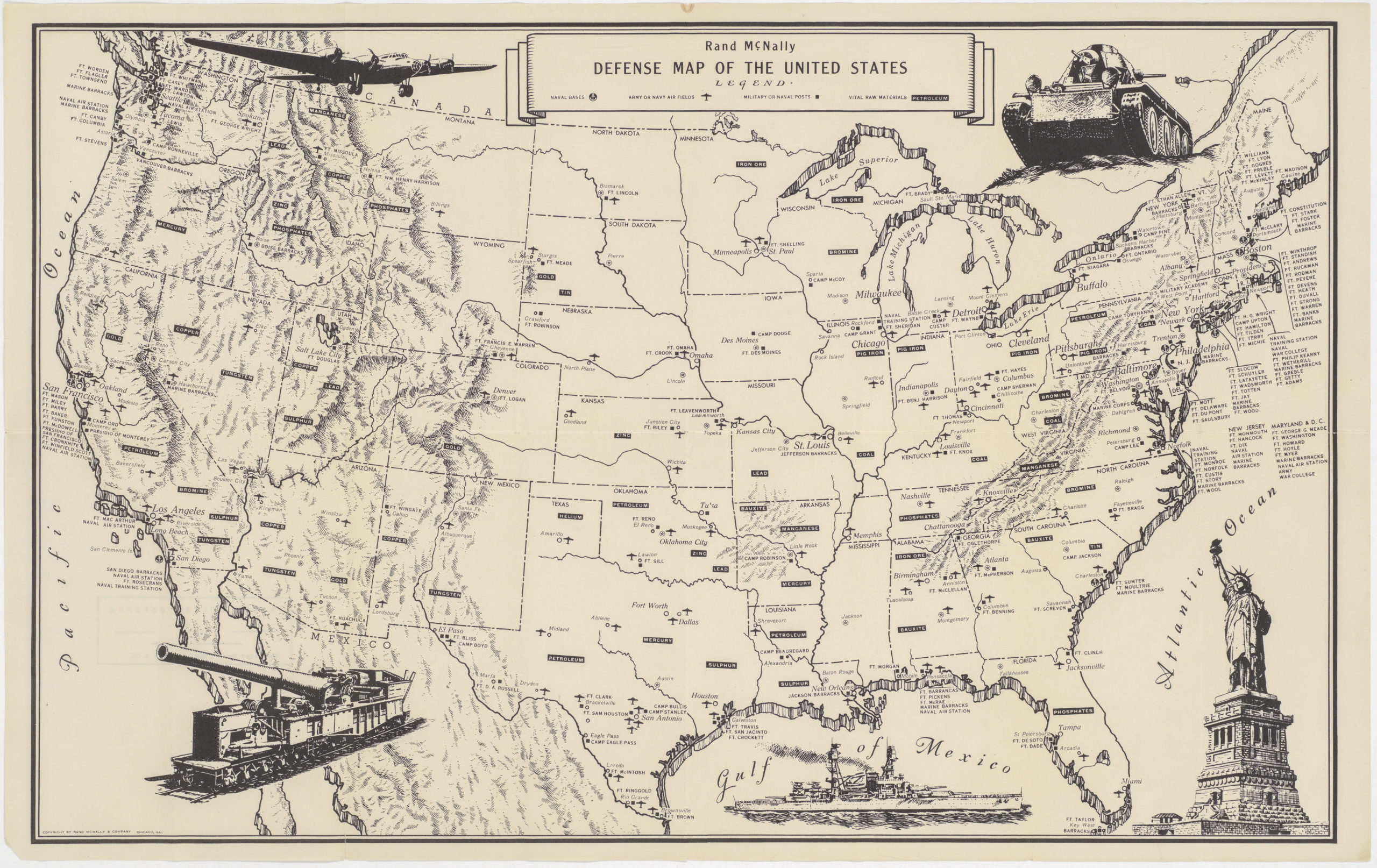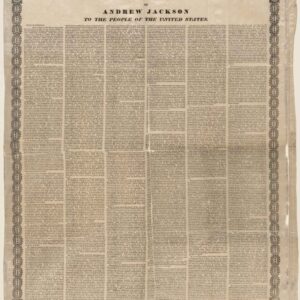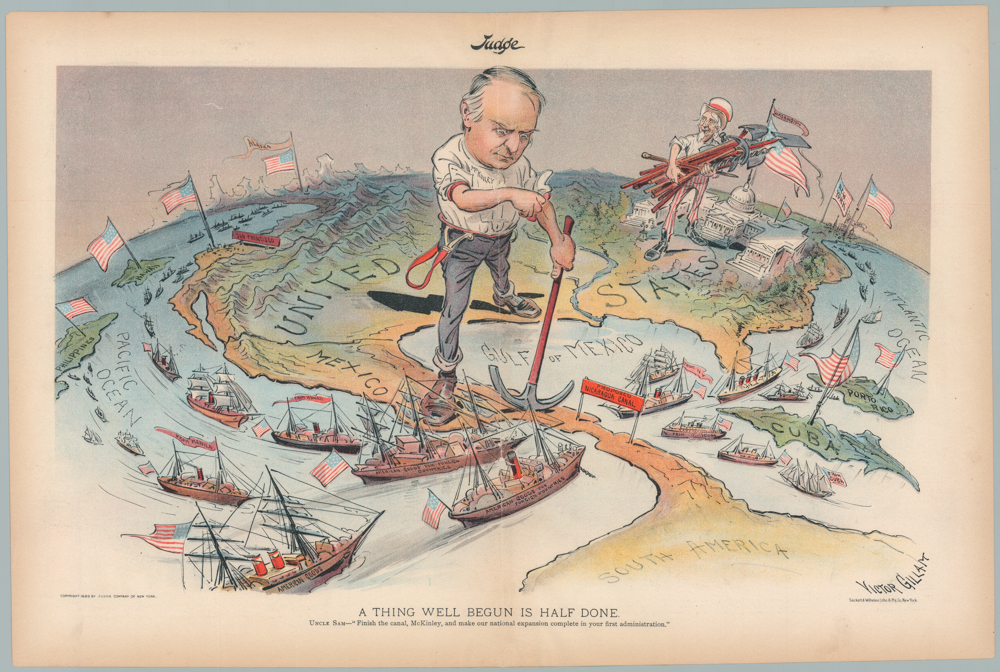First edition of Haasis & Lubrecht’s iconic map of an America connected by rail.
The American Union Railroad Map Of The United States, British Possessions, West Indies, Mexico, And Central America. 1871. Published by Haasis & Lubrecht, 107 Liberty Street, New York. Smith & McDougal, Electrotypers, 82 Beekman Street, New York.
Out of stock
Description
This rare and highly decorative map of the United States is in many ways one of the first cartographic renditions of a modern America. And not only because of the infrastructure provided by the railroads, but because it represents a re-unified America, in which most of states and territories have been formalized, and where a sense pervades that this vast land now — perhaps for the first time in its history — constitutes that great and indivisible whole we know today.
This striking map of the United States in its entirety constitutes a celebration of one of the greatest infrastructural projects in the history of the nation: the completion of the Transcontinental Railroad. This massive national project was deemed of the highest priority and importance in the late 1860s, primarily because it bound the vast new territories in the West to the old colonies on the East Coast, and opened new pathways of mobility, communication and especially trade. But completing the Transcontinental Railroad was also a great symbolic victory. In the decade preceding the publication of this map, the United States had experienced one of the most bloody civil wars in history, had finally abolished slavery, and was gradually beginning to tame the Wild West.
America had experienced a multitude of political shifts and formulations since the end of the Civil War. In addition to the overarching achievement of linking the country coast-to-coast by rail, Nevada had attained statehood and was now distinct from California. The vivacious coloring of states and territories in red, yellow, green, and orange underline the spirit of reunification and optimism that pervade this map, creating the visual impression of each state/territory as both a distinct entity as well as part of a coherent whole.
The map consists of a lithographed folding map, drawn at a scale of 1:4,500,000 and with hatching to show topographic relief. It measures an impressive 39 by 56.5 inches), making it tantamount to a wall map, and these grand dimensions were necessary if the map was to properly convey all that it sought to achieve. It was issued just over a year after the official completion of the Transcontinental Railroad. On May 10th 1869, the presidents of two competing railroad companies met at Promontory Summit, Utah, in order to jointly drive-in the last spike of a course that not only connected their two railway lines, but which saw a healing country being formally connected from coast to coast.
For the first time in history, it was now possible to traverse our great nation without having to take the arduous and often dangerous journey by wagon trail. The consummation of a transcontinental railway thus stimulated what would later come to be known as ‘Railroad Fever’, with large numbers of people traveling west with either the intention to visit or actually relocate. Consequently, and despite its symbolic importance in a nation still healing from the great rift of the Civil War, this map is primarily a functional chart: a tool for those intending to undertake a cross-country voyage. The map contains a plethora of valuable information for the railroad traveller, including an elegant circular ‘time and distance table’ in the lower left corner. This informs the traveller of both the time and distance a particular journey requires from the nation’s capital.

This fabulous wheel of clocks is of crucial importance, not only to passengers using the map, but indeed to the very standardization of time in the United States. The railroads played a crucial role in this process. A national crossing crystalized the chronometric effect of passing through several time zones and the Transcontinental Railroad thus came to play a crucial role in formalizing how time was to be commonly understood and used in America. Twelve years after the publication of this map, in October 1883, delegates from all the railroad companies met with government officials in Chicago, in what has since come to be known as the General Time Convention. Here, the Standard Time System was adopted and put into effect already the following month. It was a monumental logistical task and remains the system by which US time-zones are subdivided to this day. The general spirit of the age, and especially the importance of this particular advancement, is perhaps best captured by the Indianapolis Sentinel who on November 21st 1883 write:
“Railroad time is the time of the future. The Sun is no longer to boss the job. People— all 55,000,000 of them — must eat, sleep and work as well as travel by railroad time. It is a revolt, a rebellion. The sun will be requested to rise and set by railroad time. The planets must, in the future, make their circuits by such timetables as railroad magnates arrange. People will have to marry by railroad time, and die by railroad time. Ministers will be required to preach by railroad time—banks will open and close by railroad time—in fact, the Railroad Convention has taken charge of the time business, and the people may as well set about adjusting their affairs in accordance with its decree… . We presume the sun, moon and stars will make an attempt to ignore the orders of the Railroad Convention, but they, too, will have to give in at last.”
Equally telling of the time and atmosphere in which this map was compiled, we find extensive tables of population statistics from the 1870 census, here broken down into first states and then counties. These tables provided potential settlers with some idea about the population density in regions that were under constant growth and development. It was simply the most up-to-date demographic data on a country that was constantly changing. It is worth noting here, that later editions of this map, issued in 1872 and 1873, also included short descriptive texts on each state or territory next to their census figures. The lack of these descriptions on our map confirms that it is the original 1871 edition.
The map also includes a number of insets, each of which is revealing in its own way. As is indicated in the map’s title, the chart is not only of the United States themselves, but also covers the Caribbean, Mexico, and Central America. The latter has been represented by a small inset in the lower left of the map, underlining how this region was still being shaped to become the multinational isthmus we know today. Thus we find the still relatively new nations of Honduras, Belize, Guatemala, San Salvador, Nicaragua, and Costa Rica all independently delineated and acknowledged. All of these small nations had declared independence from Mexico following the 1823 revolution that ousted Emperor Augustin de Iturbide. New legislation allowed for the Central American provinces to decide their own fate in regard to national affiliation, and all of them chose independence.
At the top of the sheet, we find one of two pictorial scenes on the map. Aptly entitled ‘From the Atlantic to the Pacific’, this brightly colored and compounded image provides a panoramic view of the entire country as seen from the south: From the densely inhibited Atlantic coast (represented by New York) to the pristine bays of the Pacific (represented by San Francisco). In the heart of the country, we see a number of natural and man-made features, including America’s two greatest physiographical hallmarks: the arterial Mississippi River and the imposing Rocky Mountains. Running through the entire scene is of course the railroad, with multiple sets of locomotives drawing passenger wagons. Of the three visible sets of trains, two are heading west, while the third is climbing across California and Nevada, gradually approaching the previously in-traversable barrier of the Rockies.

The second pictorial scene is found in relation to the title of the map itself, and shows a classic railway station scene that could be in any provincial town in America. On the platform, prospective passengers are saying their goodbyes and boarding carrier-wagons fronted by a steaming locomotive. Luggage and other goods are being accumulated on the platform by railway employees, waiting to be loaded on the train, and on the bridge above the tracks we see a couple in a horse-drawn carriage, as if to underline the juxtaposition of the old world with the new.

This was first and foremost a railroad map. Even though it was only the one Transcontinental line that had been completed when it was issued, it was only a matter of short time before new and complimentary cross-country railways would be finalized. Many of these projected lines — particularly in the West — have been included on the map in order to ensure a degree of shelf-life, but also to indicate just how extensive this growing railroad network was going to become. Indeed, by the time the 1872 and 1873 editions hit the street, some of the projected stretches on the 1871 map were already up and running. At the same time, the new editions also saw the latest plans and projections added as prospective railway lines.
Whether local, regional, or national in scope, railroads are marked on the map by using dense black lines. These criss-cross the country, but are clearly much more elaborate and dense in the eastern half of the country than in the western. This was what one would expect in light of the United States’ historical growth trajectory, but the potential of the West — the potential of connecting this frontier by rail in the same way as the east once had been — is made entirely palpable. Ultimately, this map was about progress, and no one could dismiss the incredible strides being made when it came to connecting the country by rail.
Census and rarity
Despite being issued in many copies, Haasis & Lubrecht’s railroad map was designed for use, not archival or display purposes. Consequently, most of these maps did not survive, and copies — especially of the original 1871 state — have become extremely rare. Eminent map scholar and collector David Rumsey has stressed how the map was originally issued with German immigrants in mind. Both Haasis and Lubrecht had German roots and wanted to create a chart that would help their fellow countrymen in finding their new home. Consequently, the maps were marketed to German immigrants in a very direct way, with later editions being sold in a marbled folding case with a label that read: “Der Amerikanische Continent. Nuesten topographische und Eisenbahn-Karte Vereinigten Staaten, Britischen Besitzungen, Westindien, Mexico & Central-America. Aus der Artistischen Anstalt von Haasis & Lubrecht in New-York. Stuttgart. Im Debit Bei Wilhelm Lubrecht, Jun. 1873.”
OCLC locates only two examples of the 1871 edition (University of Southern California and Colorado School of Mines). Rumsey notes editions of 1871 and 1874 and also identifies the Warren Heckrotte Copy of the 1873 edition.
Context is everything
The Haasis & Lubrecht Railroad map is essentially a reworking of the Lubrecht and Rosa map “The American Continent” from 1864. But so much had happened in the ensuing years that it was comprehensively modified and enhanced, constituting a new wholly edition in a much more imposing format. In the 1864 original — which was still years away from seeing any kind of transcontinental connection completed — a range of post-Civil War statistics had been included, but these data were now not only irrelevant, they were completely unaligned with the new ambitions that this map manifested. Consequently these were replaced by the dramatic full-country panorama discussed above. A similar optimism is seen in the vivacious coloring and especially in the design of the elaborate title cartouche. In both text and image, these explicitly indicate that a new age was dawning in America and that all her citizens were invited to partake in its celebration. The manifestation of this new era was of course the railroad, a phenomenon that this map not only celebrates, but which it casts as the main hinge for all future development of the nation.
The consolidation of America was of course a process that had begun long before the Civil War — in many ways with the Revolution itself. One of the main avenues along which this development unfolded was in the continuous creation of new territories and later new states. While the country as a whole is largely recognizable in Haasis & Lubrecht’s map, the formation of the United States as we know, was still mid-process. States such as Washington, Idaho and Oklahoma were still territories, but their permanent outlines had by now been largely defined. Another major issue in unifying the nation was of course connectivity. How could a country that was bound together by a common language, a common history, and soon a common infrastructure, ever be at war with itself again?
The idea of one or more transcontinental railroads was much older than the Civil War. But it was as if, with the war, the need — both on a practical and symbolic level — had been beset with a new urgency. And there was no place on earth like America for entrepreneurs to heed this call (while also quietly visualizing the ensuing fortunes it would bring). Railroads had long connected people regionally in the East, yet the prospect of any one firm taking on a continental crossing seemed ludicrous at first. But after the Civil War, government support for the project was drummed up dramatically and incentives in the form of subsidy and mortgage bonds, as well as potentially massive land claims, were all highly enticing factors for railroad companies.
Essentially, it was private companies that would build on public land provided through extensive land grants. Once the Civil War had ended, it did not last long before there was a veritable race across the prairie. From California, companies based in Oakland and San Francisco began entertaining their own notions of expansion and started planning how they could join the race by meeting their eastern counterparts somewhere in the middle. The first formal commission in this regard was the construction of 132 miles of rail between Oakland and Sacramento. From here, the Central Pacific Railway Company of California took over and constructed the almost 700 miles of track from Sacramento to Promontory Summit in Utah, where it linked up to The Union Pacific Railroad’s 1085 mile stretch from Council Bluffs in Iowa. By formally linking these two stretches on May 10th 1869, the first transcontinental railway had become a reality. By year’s end, the final stretch of this network from Sacramento to San Francisco had also been completed. With this great achievement, there immediately arose a need for new maps to cover it. Large firms such as Colton responded efficiently, whereas other charts, such as the Haasis & Lubrecht map, appealed directly to specific user-segments.
In the process of constructing railroads across America, it was not just fortunes that were made and lost, but entire cities and peoples that either were elevated or perished. The story of the railroads’ drive west is one of epic proportions, which since has been commemorated and retold in numerous forms. It is the story of a wondrous, almost superhuman achievement, populated by visionary characters such as Theodore Judah, Thomas Durant, and Leland Stanford; and laced with pertinent symbolism. It was a dream come true; one that would affect every American across this great nation. It brought some people together, while it tore other people (and peoples) apart. As brutal and violent as it was, it was also one of the key phenomena that drove America’s impressive economic growth in the late 19th and early 20th century.
Within a decade of the first connection, transcontinental railroads had become the backbone of America. One thing was the physical and symbolic connection that they created, but what it really meant, was that America’s immense bounty of natural resources could be efficiently harnessed and moved on to world markets. Ultimately, the engine that drove America’s industrialization was the locomotive.
Cartographer(s):
Condition Description
Normal wear from use, else excellent. Original hand color.
References
OCLC locates only two examples of the 1871 edition (University of Southern California and Colorado School of Mines). Rumsey notes editions of 1871 and 1874 and also identifies the Warren Heckrotte Copy of the 1873 edition.
